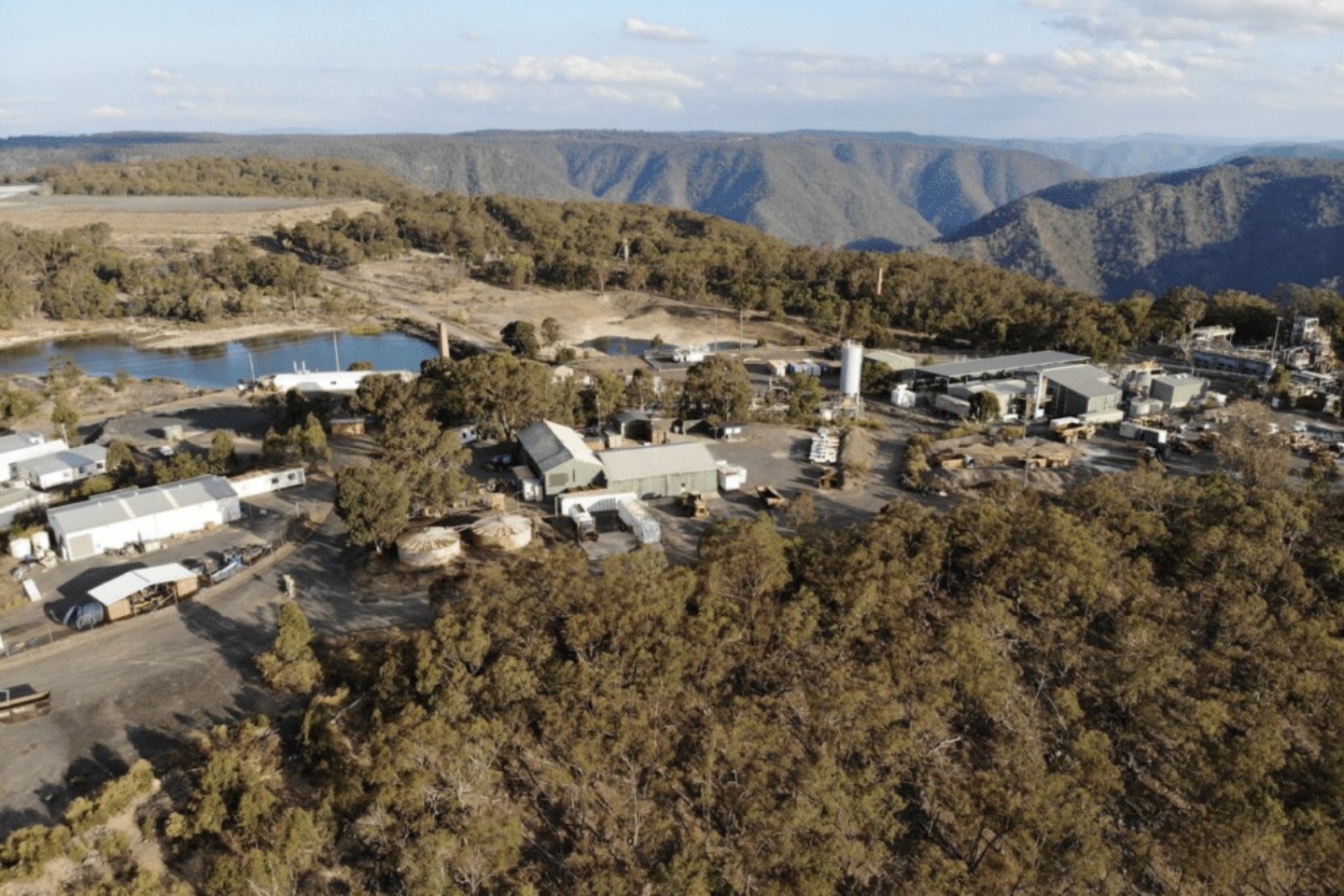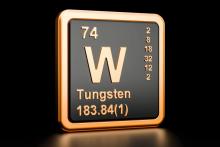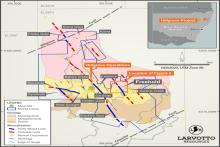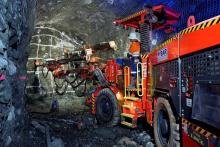Larvotto Resources has fired the starter’s gun on its $140 million Hillgrove antimony-gold project in NSW after locking in a US$105 million bond and $60 million equity raise. With early works already underway, the fully funded operation is targeting first production in Q2 2026. Hillgrove is poised to become the only new source of antimony outside China within the next four years.


A big day has dawned for Larvotto Resources after the company fired the starter’s gun on the development of its $140 million flagship Hillgrove antimony-gold project in New South Wales. First production is expected to kick off in the second quarter of 2026.
The final investment decision (FID) followed the completion of a US$105 million (A$161 million) senior secured bond issue and a fresh $60 million equity raising.
Locking in FID 18 months after picking up Hillgrove from administrators for a bargain $8 million - including a $5 million environmental bond - is nothing short of remarkable. The textbook turnaround has arguably highlighted one of the savviest deals struck on the ASX in the past two years.
Larvotto says it has now opened the door to one of Australia’s most strategically important critical minerals projects, putting the company in the rare position of becoming the only new source of antimony outside China for the next four years.
Antimony is listed as a critical mineral around the globe and was thrust into the headlines a year ago after China - the world’s biggest producer - announced it would no longer allow exports. The news sent the metal price through the roof, quadrupling to more than $75,000 a tonne.
Antimony is an essential element used in batteries, solar panels and military-grade applications. And the company’s entry into the antimony market comes at a critical time, when western nations are scrambling to reduce their reliance on Chinese supply.
Larvotto Resources managing director Ron Heeks said: “Approving this FID represents a landmark moment in the development of Hillgrove. The project is also set to provide the mining industry in New South Wales with a new producing operation. We are grateful for the incredible support the project has continually received in the state from the respective NSW Resources and Planning Departments.”
A definitive feasibility study released in May painted a blockbuster picture for Hillgrove, confirming it as a technically robust, high-margin powerhouse.
The booming numbers forecast a staggering $694 million post-tax net present value using an 8 per cent discount rate, with annual EBITDA expected to clock in at $251 million, delivering free cash flow of $128 million per year across an 8.2-year mine life.
The study assumed a modest US$2850 (A$4384) per ounce price for the gold and US$41,000 (A$63,076) per tonne for the antimony. Replacing those numbers with the current spot prices sees the net present value explode to a jaw-dropping $1.269 billion, with EBITDA rocketing to $354 million and an annual free cash flow reaching $198 million.
Hillgrove is set apart from the pack by its exceptional cost profile.
The report revealed an almost unheard-of all-in sustaining cost of negative $1367 per gold-equivalent ounce, thanks to a strong antimony credit that effectively pays for the gold production and then some.
In a field crowded with marginal ounces, Hillgrove is shaping up as the kind of low-cost, high-return asset every miner dreams of.
Smoothing out the sales pathway and underpinning security for the $161 million bond funding, the company has proactively locked in an offtake agreement for its antimony concentrate with global trading house Wogen Resources.
The wheels of the offtake deal were no doubt greased with the knowledge that Larvotto has also gained membership of the United States’ Defense Industrial Base Consortium (DIBC). The affiliation provides a gateway to supply products such as antimony to organisations associated with the US Department of Defense.
Since Hillgrove is capable of supplying 7 per cent of the world’s antimony needs and the metal is highly sought after for the manufacture of ammunition, Wogen likely sees this as an easy sell in a time of highly volatile global geopolitics.
Construction work is underway at the Hillgrove site. Substantial existing infrastructure, including a 66-kilovolt grid power connection, water supply, processing plant and the underground mine development, are all fully permitted through to 2027.
Pre-production capital has been primarily directed into upgrading the site infrastructure, refurbishing the underground Metz mine, upgrading the process plant and purchasing essential vehicles and equipment.
Larvotto is also finalising contracts for underground mining and processing plant upgrades, and it expects to ink both in the coming month.
Notably, much of the heavy lifting for the project has been done, with long-lead equipment already purchased and early site works in motion. The mining fleet will be sourced under contract or hire arrangements, keeping capital costs lean.
Larvotto says its Hillgrove redevelopment stands to inject fresh life into the NSW mining sector, while delivering regional employment and supporting local businesses.
With a final investment decision now made, funding locked in and first gold and antimony bars in sight by mid-2026, Larvotto’s transformation from explorer to producer is shaping up as a remarkable story of timing and laser-focused management.
In one of the sharpest acquisitions of recent years, the company has turned an $8 million purchase into a billion-dollar asset that is poised to shake up the global antimony market - and they are only just getting started.
Is your ASX-listed company doing something interesting? Contact: matt.birney@businessnews.com.au













